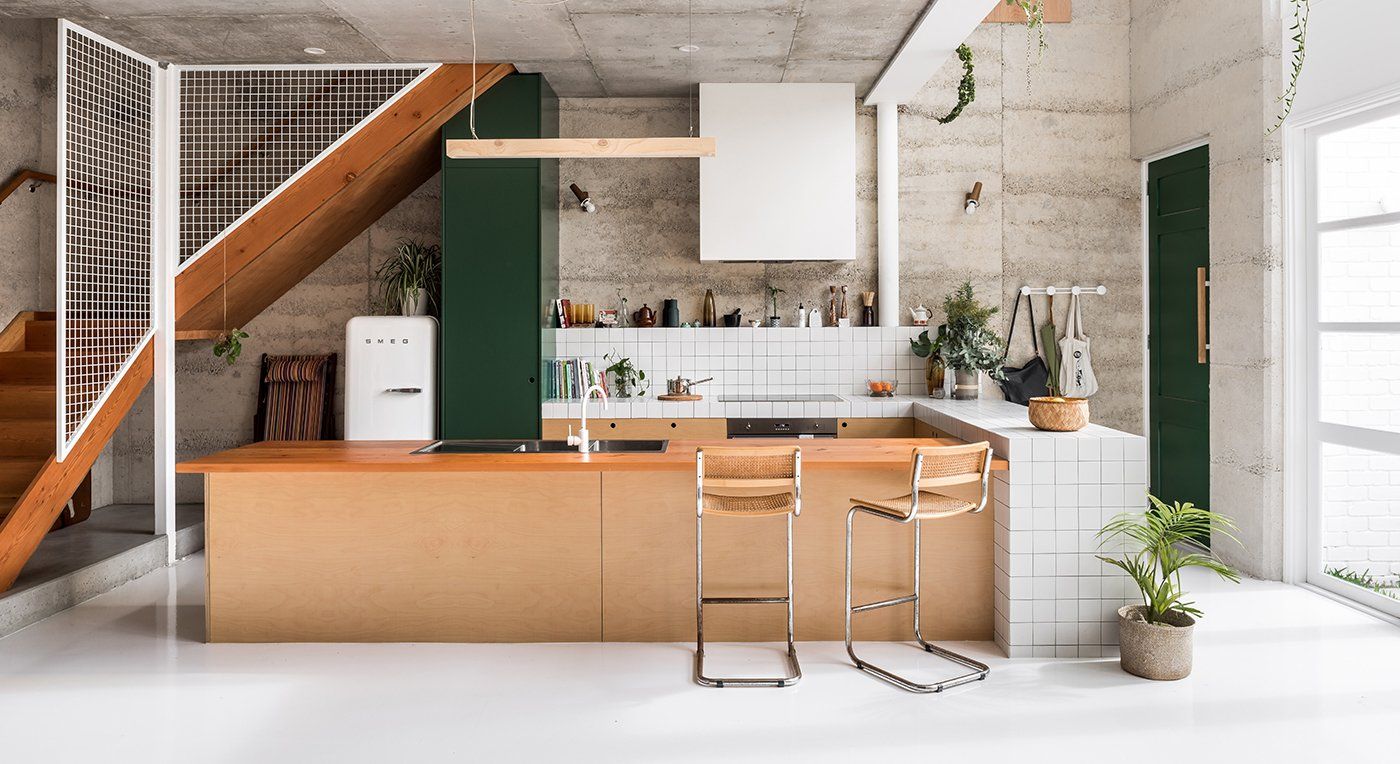Introduction:
In the pursuit of creating a beautiful and environmentally conscious home, every detail matters, including the materials used for kitchen wall coverings. Sustainable kitchen wall coverings not only enhance the aesthetic appeal of the space but also contribute to reducing the ecological footprint of the household. From recycled materials to low-emission paints, there are numerous options available to homeowners in the United Kingdom seeking to embrace sustainability without compromising on style. In this article, we’ll delve into the world of sustainable kitchen wall coverings, exploring their benefits, popular choices, installation methods, and how they contribute to creating a greener home environment.
The Importance of Sustainable Design in Kitchens
Environmental Impact of Traditional Wall Coverings:
Conventional kitchen wall coverings, such as paint, wallpaper, and tiles, often contain harmful chemicals, contribute to deforestation, and generate excessive waste during production and disposal, highlighting the need for more sustainable alternatives.
Benefits of Sustainable Materials:
Sustainable kitchen wall coverings are made from renewable, recycled, or eco-friendly materials that minimize environmental impact, promote resource conservation, and improve indoor air quality, creating healthier and more eco-conscious living spaces.
Design Considerations:
Sustainable design in kitchens encompasses not only the choice of materials but also factors such as durability, ease of maintenance, and compatibility with existing decor, ensuring a harmonious balance between aesthetics and environmental responsibility.
Popular Sustainable Kitchen Wall Covering Options
Reclaimed Wood Panels:
Reclaimed wood panels sourced from salvaged timber or recycled pallets add warmth, character, and natural beauty to kitchen walls, while diverting waste from landfills and reducing the demand for virgin timber.
Recycled Glass Tiles:
Recycled glass tiles made from post-consumer or industrial glass offer a sleek and contemporary option for kitchen wall coverings, with the added benefit of being highly durable, moisture-resistant, and easy to clean.
Bamboo Wall Cladding:
Bamboo wall cladding is an eco-friendly alternative to traditional wood panels, featuring fast-growing, renewable bamboo fibers that are harvested sustainably and processed without harmful chemicals, offering strength, stability, and aesthetic appeal.
Low-VOC Paints:
Low-VOC (volatile organic compound) paints contain minimal or no harmful chemicals, reducing indoor air pollution and minimizing health risks for occupants, while providing a wide range of colors and finishes to suit different design preferences.
Natural Fiber Wallpapers:
Natural fiber wallpapers made from materials such as hemp, jute, or grasscloth offer texture, depth, and visual interest to kitchen walls, with the added benefit of being biodegradable, renewable, and non-toxic.
Benefits of Sustainable Kitchen Wall Coverings
Environmental Sustainability:
Sustainable kitchen wall coverings contribute to reducing carbon emissions, conserving natural resources, and minimizing waste generation, supporting efforts to combat climate change and preserve biodiversity.
Improved Indoor Air Quality:
Low-emission materials, such as low-VOC paints and natural fiber wallpapers, help improve indoor air quality by minimizing the release of harmful chemicals and allergens, creating a healthier and more comfortable living environment for occupants.
Long-Term Durability:
Many sustainable wall coverings are highly durable, resistant to moisture, fading, and wear, ensuring longevity and low maintenance requirements, which can reduce the need for frequent replacements and associated environmental impacts.
Enhanced Aesthetic Appeal:
Sustainable kitchen wall coverings offer a diverse range of textures, colors, and patterns, allowing homeowners to express their individual style and creativity while contributing to a unique and inviting kitchen ambiance.
Installation and Maintenance Considerations
Professional Installation:
Some sustainable wall coverings, such as reclaimed wood panels or glass tiles, may require professional installation to ensure proper alignment, adhesion, and finishing, particularly in moisture-prone areas like kitchens.
Surface Preparation:
Adequate surface preparation, such as cleaning, priming, and leveling, is essential for achieving optimal adhesion and durability when installing sustainable wall coverings, ensuring a smooth and seamless finish.
Maintenance Guidelines:
Following manufacturer’s maintenance guidelines, such as regular cleaning, sealing, and avoiding harsh chemicals or abrasive cleaners, is crucial for preserving the integrity and appearance of sustainable kitchen wall coverings over time.
Case Studies and Success Stories
Eco-Friendly Kitchen Renovation:
A homeowner in the UK transformed their kitchen into a sustainable oasis by incorporating reclaimed wood panels, recycled glass tiles, and low-VOC paints, reducing environmental impact while enhancing the aesthetic appeal of the space.
Green Building Certification:
A commercial kitchen in the UK achieved LEED (Leadership in Energy and Environmental Design) certification by using sustainable wall coverings made from recycled materials, contributing to the project’s overall sustainability goals and occupant well-being.
Future Trends and Innovations
Biodegradable Wall Coverings:
Future advancements in sustainable materials may include biodegradable wall coverings made from renewable sources, such as plant-based fibers or bioplastics, offering enhanced eco-friendliness and end-of-life recyclability.
Smart Coatings and Finishes:
Innovative coatings and finishes may incorporate self-cleaning, anti-microbial, or energy-efficient properties, providing added functionality and performance benefits while reducing maintenance requirements and environmental impact.
Digital Printing Technology:
Digital printing technology enables the creation of custom-designed wall coverings using eco-friendly, water-based inks, allowing homeowners to personalize their kitchen spaces while minimizing waste and environmental footprint.
Conclusion: Embracing Sustainability in Kitchen Design
Sustainable kitchen wall coverings offer homeowners in the United Kingdom an opportunity to create stylish, eco-friendly, and healthy living spaces that reflect their values and commitment to environmental stewardship. By choosing materials that prioritize renewable resources, recycled content, and low environmental impact, homeowners can transform their kitchens into sustainable showcases of creativity, beauty, and responsible design. With an increasing array of options available and ongoing innovations in sustainable materials and technologies, the future of kitchen design is bright, green, and full of possibilities for creating sustainable havens that benefit both people and the planet.

